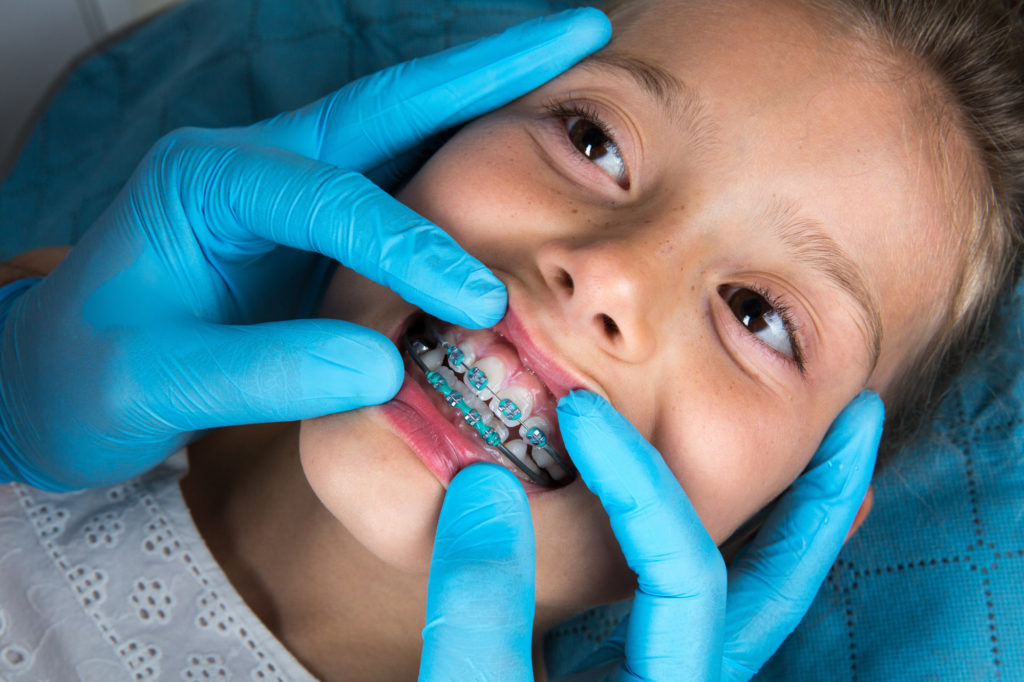6 Easy Facts About Causey + Hall Orthodontics Described
About Causey + Hall Orthodontics
Table of Contents7 Easy Facts About Causey + Hall Orthodontics DescribedThe Greatest Guide To Causey + Hall OrthodonticsExcitement About Causey + Hall OrthodonticsTop Guidelines Of Causey + Hall OrthodonticsSome Known Incorrect Statements About Causey + Hall Orthodontics The Ultimate Guide To Causey + Hall Orthodontics
What is the distinction in between a dental practitioner and an orthodontist? To respond to an inquiry that is commonly asked, both dental professionals and orthodontists assist people get far better oral wellness, albeit in different means. It helps to bear in mind that dentistry is a rather broad science with various clinical specializations. All dental professionals, consisting of orthodontists, treat the teeth, periodontals, jaw and nerves.Orthodontists and dental practitioners both give oral treatment for clients. The primary difference is that coming to be an orthodontist calls for a certain specialized in dealing with the misalignment of the teeth and jaw.
An orthodontist is a dental expert that has undertaken training to specialize in the medical diagnosis, avoidance and therapy of irregularities in the jaw and teeth. Orthodontists can assist people of all ages.
8 Easy Facts About Causey + Hall Orthodontics Shown
This includes all the essential education to end up being a general dental professional. According to the American Pupil Dental Association (ASDA), it implies you will certainly require to have either a Doctor of Medication in Dentistry (DMD) or a Medical Professional of Oral Surgery (DDS). In other words, orthodontists need to complete oral college and after that get an orthodontics specialized education and learning.


Other than the orthodontist, we typically see aides working with these dental experts in their centers. What is an orthodontist aide called?
Fascination About Causey + Hall Orthodontics
In addition, we use adjustable therapy routines, adaptable settlement choices and an enjoyable, satisfying experience.
An orthodontist is a dentist trained to diagnose, stop, and treat teeth and jaw abnormalities. Orthodontists work with individuals of all ages, from children to grownups.
, however not all dentists are orthodontists. They concentrate on 2 locations: Exactly how to appropriately and safely relocate teeth Just how to effectively lead growth in the teeth, jaw, and faceOnce an orthodontist has actually finished training, they have the option to end up being board licensed.
Rumored Buzz on Causey + Hall Orthodontics
Misalignment, or malocclusion, is the most common factor people see an orthodontist. Malocclusion is generally treated with: Your orthodontist affixes steel, ceramic, or plastic square bonds to your teeth.
Some people require a headgear to help move teeth into line with stress from outside the mouth. A retainer is a custom gadget that keeps your teeth in area.
They can develop additional space in the mouth without having to pull teeth. Orthodontists use cables, medical screws, or plates to sustain your jaw bone.
Some Ideas on Causey + Hall Orthodontics You Should Know
Throughout your first orthodontic examination, you'll likely have: A dental examPhotos taken of your face and smileDental X-raysPanoramic (360 level) X-rays of your face and headImpressions to produce mold and mildews of your teethThese examinations will certainly help your orthodontist understand just how to wage your therapy. An orthodontist is a dentist that's had training to treat your teeth and jaw.
Orthodontists are dental experts however not all dental experts are orthodontists. Orthodontists are focused on your bite, or the way your teeth fit with each other, and the straightness of your teeth.
Causey + Hall Orthodontics Fundamentals Explained
What specifically does an orthodontist do? Orthodontists are dental professionals that focus on correcting see here now abnormalities in the teeth and jaws.

Clear aligners, like Invisalign, are a popular alternative for individuals looking for a more very discreet therapy option. These removable trays are custom-made to considerably change the teeth's placement. Headgear may be utilized combined with braces or aligners to use added targeted forces, specifically for fixing jaw discrepancies. In cases of narrow jaws, palatal expanders can be used to develop space for correct tooth placement.